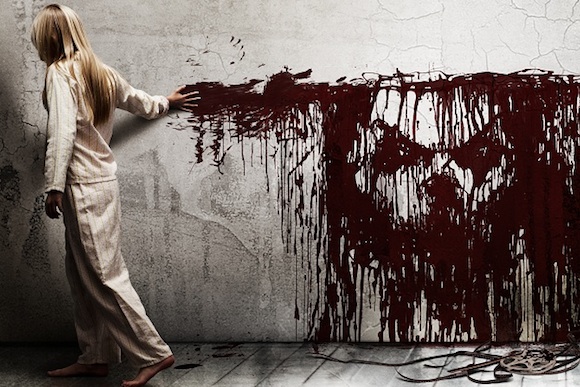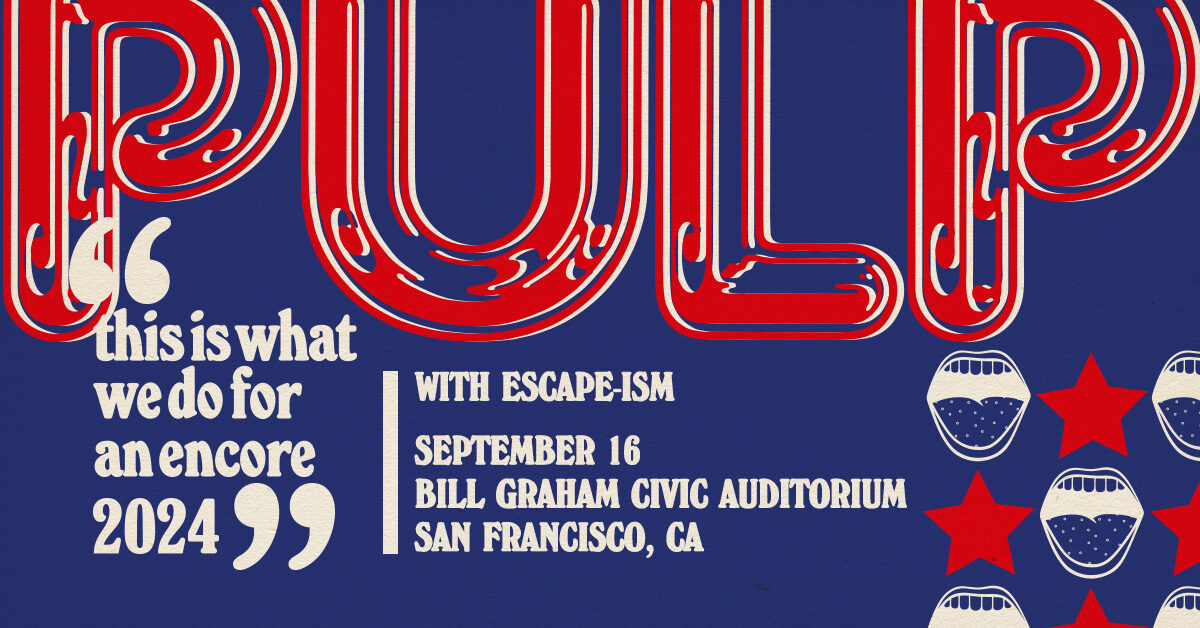Movie Review: Sinister
Moviegoers have long learned to expect little from the horror genre. Its most avid, avowed fans are more than willing to settle on a steady supply of scares and jolts, regardless of the cheapness of the scares or jolts involved.
Some want gore with the scares, but most want to confront their mortality from relatively safe distance. Horror fans don’t judge genre entries by their intellectual content or their thematic depth, but by how effectively a director marshals the tools at his or her disposal to create (and maintain) varying degrees of fear, disgust, and dread for anywhere between ninety minutes and two hours.
Arresting, disturbing images or sequences, the kind that burrow under your skin and gestate there for days if not weeks are, if nothing else, considered a minor triumph for the filmmaker regardless if the rest of the film succeeds or fails dramatically or emotionally. Case in point, Scott Derrickson’s (The Exorcism of Emily Rose, Hellraiser: Inferno) fourth film, Sinister, an uneven, partially successful entry in the supernatural horror sub-genre.
For the Stephen King-inspired Ellison Oswalt (Ethan Hawke), it’s been a long, long time between hits (in multiple senses of the word). A true-crime author, Oswalt last hit big a decade ago with the self-consciously titled “Kentucky Blood.” Followups, both in the true-crime genre and fiction have failed to bring Oswalt the continued fame and fortune he obviously, desperately needs to maintain not just a comfortable standard of living, but his over-sized ego. In several, failed attempts to repeat the success of his earlier book, Oswalt has taken to repeatedly uprooting his wife, Tracy (Juliet Rylance), and his two kids, Trevor (Michael Hall D’Addario) and Ashley (Clare Foley), to the sites of other, presumably gruesome crimes. Oswalt believes in inspiration by proximity, regardless of the negative effects on his family.
Oswalt’s latest venture, possibly his last given his dire financial circumstances, has Oswalt and his family not just relocating to a town where book-worthy murders have occurred, but buying the actual house where a family of four were hung in the backyard (the fifth member of the family disappeared, presumed dead). Before they’ve settled into their new environs, Oswalt finds a box marked “home movies” in the attic. The box contains 8mm reels and a movie projector. Obsessive to an obvious fault, Oswalt plunges into watching the home movies. The first, already viewed in the opening scene, startles Oswalt, not into turning away and abandoning his project, but in leaping headlong into multiple, repeated viewings of the film, a recording of the family’s last moments captured in explicit detail. Oswalt soon discovers, however, that the box contains home movies from several families, each one culminating with their respective murders.
Derrickson and his co-screenwriter, C. Robert Cargill, give the procedural aspects of Oswalt’s investigation short shrift. Almost immediately he spots the cause of the murders and it’s not natural, it’s supernatural. Luckily for Oswalt (and Derrickson and Cargill), he gets help in the form of an over-eager local deputy (James Ransone), and a college professor, Jonas (Vincent D’onofrio), who conveniently specializes in all things occult-related. Both the deputy and the professor, via Skype no less, give Oswalt just enough expository information to realize he’s needlessly, heedlessly put his entire family in mortal danger. Apparently, there’s a moral lesson of sorts there, but it quickly gives way to a predictable mix of increasingly violent visitations from the supernatural menace threatening Oswalt and his family.
As a study in cinematic obsession (subset: horror fans), Sinister doesn’t have anything deep or insightful to say, but to give credit where some, modest credit is due, at least it tries. But subtext and themes shouldn’t be treated as the end-all, be-all when it comes to contributions to the horror genre. Storytelling matters. Just as importantly, novel, original storytelling matters and that’s where Sinister repeatedly fails. Borrowing elements from serial killer thrillers, the found footage sub-genre (cleverly to be sure), and J-Horror (The Ring and its many imitators), Derrickson and Cargill seem content to tick off a checklist of tropes and conventions without offering a single surprise or innovative twist, a detriment given Sinister overlong running time.
Visually, Derrickson relies on keeping Oswalt, his family, and the audience in the (almost) literal dark, occasionally to the point of absurdity. Even daytime scenes look like they’re taking place at dusk or later. Hallways and rooms just a few feet away from windows are shot with minimal lighting. Even when it’s night, Oswalt skulks around with a meager flashlight rather than simply turning on a light or getting a better flashlight. Atmosphere matters more than logic to Derrickson, though to be fair, Derrickson stages a handful of creepily effective scenes inside the murder house. Christopher Young’s dissonant electronic score ups the dread factor considerably, but like so much else in Sinister, it’s just a gloss on an ultimately disappointing, deflating, dispiriting narrative, not the worst of its kind, but far from the best of its kind.
Showtimes and Tickets








